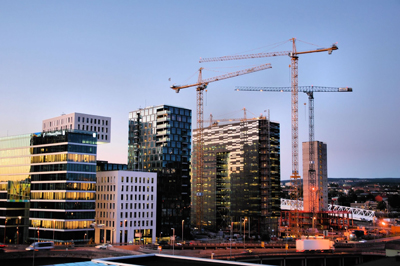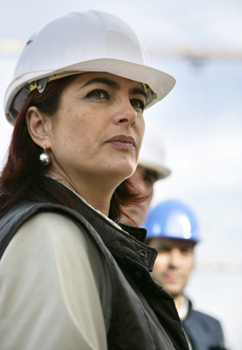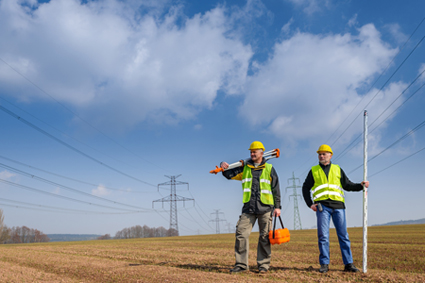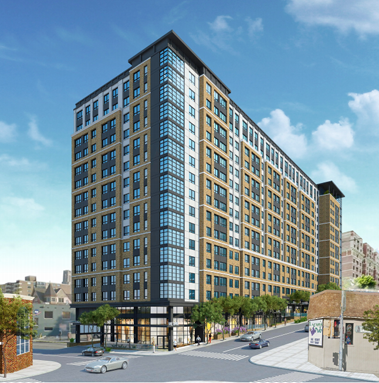AGC's Data DIGest: March 6-10, 2017
Employment jumps in February; "Momentum" looks positive for building, power projects
 Nonfarm payroll employment in February increased by 235,000, seasonally adjusted, from January and by 2,350,000 (1.6%) year-over-year (y/y), the Bureau of Labor Statistics (BLS) reported today. The unemployment rate dipped to 4.7% from 4.8% in January. Construction employment (6,881,000) increased by 58,000 from the upwardly revised January total to the highest level since November 2008 and rose by 219,000 (3.3%) y/y. The monthly increase was the largest since March 2007 and probably reflected exceptionally mild weather in much of the U.S. in February. There was an increase of 15,100—the largest for February since 1996—in heavy and civil engineering construction employment, which is likely more affected than building or specialty trade contractors by winter weather. Average hourly earnings in construction increased 2.7% y/y to $28.48, or 9.2% higher than the average for all private-sector employees ($26.09, a y/y gain of 2.8%). [node:read-more:link]
Nonfarm payroll employment in February increased by 235,000, seasonally adjusted, from January and by 2,350,000 (1.6%) year-over-year (y/y), the Bureau of Labor Statistics (BLS) reported today. The unemployment rate dipped to 4.7% from 4.8% in January. Construction employment (6,881,000) increased by 58,000 from the upwardly revised January total to the highest level since November 2008 and rose by 219,000 (3.3%) y/y. The monthly increase was the largest since March 2007 and probably reflected exceptionally mild weather in much of the U.S. in February. There was an increase of 15,100—the largest for February since 1996—in heavy and civil engineering construction employment, which is likely more affected than building or specialty trade contractors by winter weather. Average hourly earnings in construction increased 2.7% y/y to $28.48, or 9.2% higher than the average for all private-sector employees ($26.09, a y/y gain of 2.8%). [node:read-more:link]


 Editor’s note: Construction Citizen is proud to partner with
Editor’s note: Construction Citizen is proud to partner with  Editor’s note: Construction Citizen is proud to partner with
Editor’s note: Construction Citizen is proud to partner with  Editor’s note: Construction Citizen is proud to partner with
Editor’s note: Construction Citizen is proud to partner with  Editor’s note: Construction Citizen is proud to partner with
Editor’s note: Construction Citizen is proud to partner with  Editor’s note: Construction Citizen is proud to partner with
Editor’s note: Construction Citizen is proud to partner with  Editor’s note: Construction Citizen is proud to partner with
Editor’s note: Construction Citizen is proud to partner with  Editor’s note: Construction Citizen is proud to partner with
Editor’s note: Construction Citizen is proud to partner with  Editor’s note: Construction Citizen is proud to partner with
Editor’s note: Construction Citizen is proud to partner with  Editor’s note: Construction Citizen is proud to partner with
Editor’s note: Construction Citizen is proud to partner with 